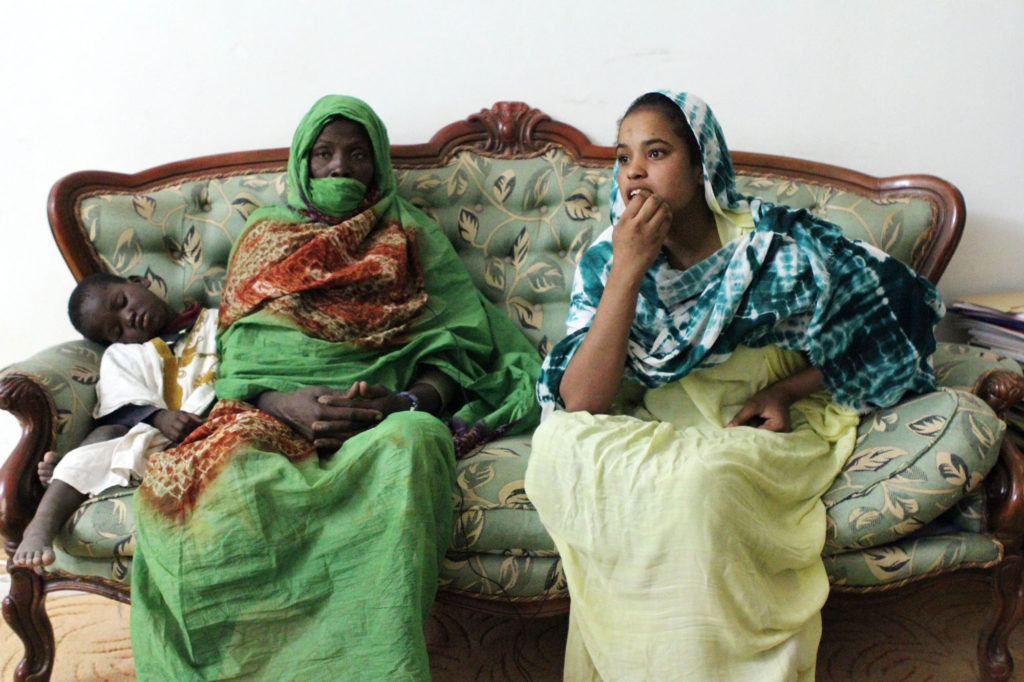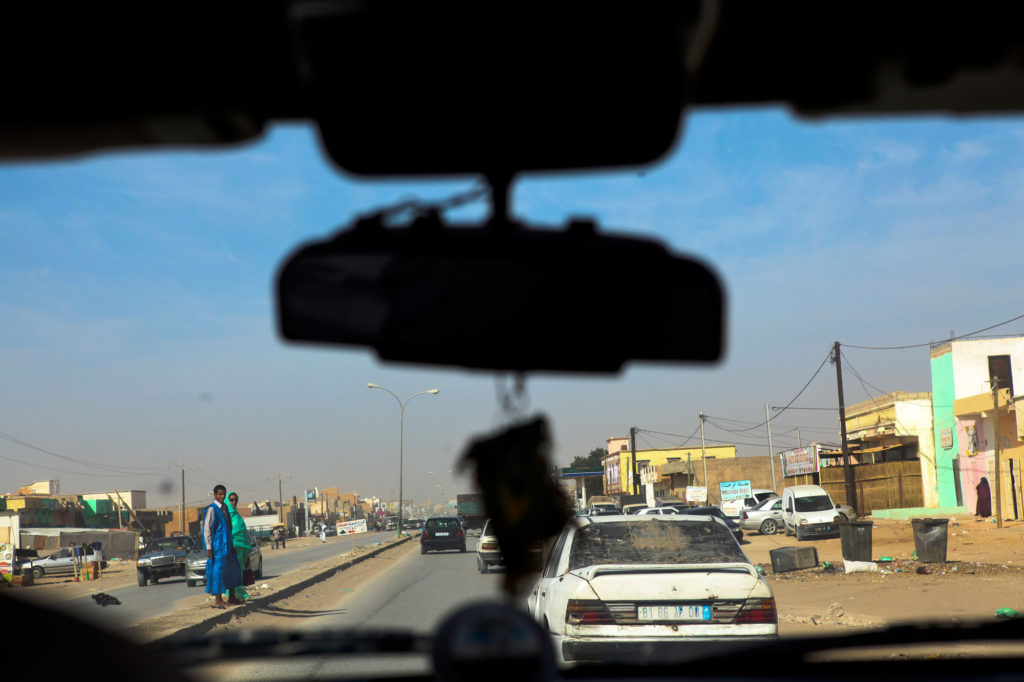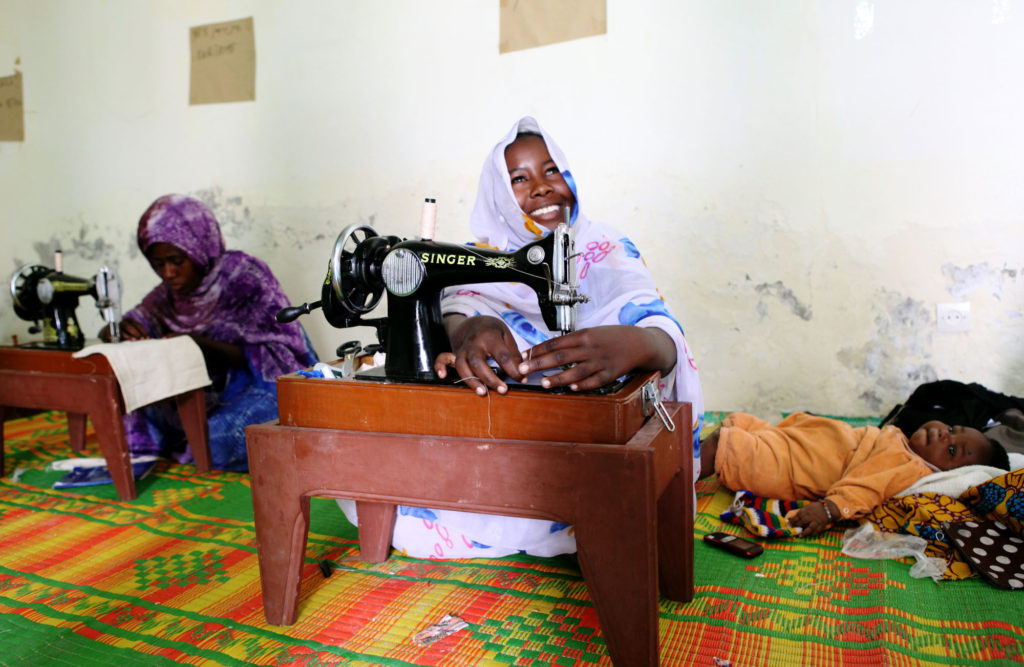CNN: Slavery’s last stronghold
CNN
Published March 2012
Nominee, News and Documentary Emmy Award, 2013
New Approaches: Documentaries
Amnesty International Media Award, 2013
Gaby Rado Memorial Award
Livingston Award for Young Journalists, 2013
International Reporting
EPPY Award, Editor and Publisher, 2013
Award for Enterprise / Investigative Video
Foreign Press Association award, 2013
Print and Web Feature
IRE Award - Multiplatform story, 2013
Investigative Reporters and Editors
NAMIC Vision Award, 2013
National Association for Multi-Ethnicity in Communications
Digital Media Web Series
Online News Association award, 2012
Feature story
Photos from this story were used in the U.S. Department of State's Trafficking in Persons Report
Reporter John Sutter and I traveled to Mauritania for 10 days to report on the last country in the world to abolish slavery. The story took almost a year of pre-production. The story, video and full presentation came together in about three months, between other work.
Read the full story: Slavery’s last stronghold
John and I were very hands on with designing the story layout, which would become the template for CNN Digital long form storytelling.
We also produced a story and video about a woman who escaped slavery and now lives in Ohio. As well as a story about the Mauritanian community in the area.
A very important part of the project was the “How to Help” page, which allowed our readers to contribute funds and support to Mauritanian abolitionists and other vetted organizations.
We asked some members of the Mauritanian community in Ohio to help us produce a video that would ask the CNN iReport community to submit messages of support to Mauritanians in the local language of Hassaniya.
Once the videos had been submitted, I edited a compilation to share with the readers and which was sent to the organization SOS Esclaves in Mauritania.
John and I promoted the story with an interview on CNN with anchor Don Lemon, who showed the full video on the broadcast.
CNN International also expressed interest in featuring the story. Their documentary producers interviewed John and I, I coordinated access to all of my video materials and edits, and they produced a half hour documentary which ran many times on the channel and was available around the world.
Photos from the story, although best viewed in the context of the full layout:
- In 1981, Mauritania became the last country in the world to abolish slavery.
- CNN traveled to Mauritania in December 2011; foreign journalists aren’t allowed to talk about slavery, and the reporters had to conduct many interviews at night and in secret.
- The Saharan nation in West Africa has one of the highest proportions of enslaved people.
- Moulkheir Mint Yarba escaped slavery in 2010. She says all her children are the result of rape by her master.
- Moulkheir Mint Yarba and her daughter, Selek’ha, were beaten and raped by their masters. Only after they each suffered something unimaginable were they able to break slavery’s mental shackles and seek their freedom.
- Government officials deny slavery is real. “All people are free in Mauritania and this phenomenon (of slavery) no longer exists,” said one official.
- Slaves typically live in small tents near their masters’ homes. Others have been cast away into “slave villages.”
- In an adwaba, or slave village, people live some distance away from their masters. Slaves typically aren’t bought and sold in Mauritania; they’re born into slavery.
- Women walk for miles to fetch water from nearby towns and reservoirs. They store the resource in large jugs.
- Resources are so scarce in this southern Mauritanian village that we were told children eat sand.
- Patchwork tents offer shade from the sun. Temperatures in the summer can exceed 110 degrees. Life in Mauritania is hard for both slaves and some slave masters. Forty-four percent of people live on less than $2 per day.
- Atar is a regional center in northern Mauritania where sand dunes give way to mountains and plateaus.
- Breike Ould Yalle described his relationship with his master this way: “Do for me; I do for you. If you treat me good, I will do the same.” The man lives away from his master but maintains relatively close contact with him.
- Villagers tend to scarce crops and manage herds of goats and cattle.
- Along with oil production and mining, fishing is an important part of Mauritania’s small economy. The country has less purchasing power than Zimbabwe or Haiti.
- A former slave owner, Abdel Nasser Ould Ethmane, co-founded the abolitionist group. He partnered with Boubacar Messaoud, whose family was enslaved.
- The activist group SOS Slaves was formed in Nouakchott, Mauritania’s capital, in 1995. It works to free people and is trying to bring legal cases against slave masters.
- Yebawwa Ould Kehel is the former slave of Abdel Nasser, a slave owner turned abolitionist. Abdel released Yebawwa many years ago, but Yebawwa still works for Nasser’s family. He is paid now.
- In the home of Bouboucar Messaoud, the son of slaves and co-founder of an abolition group. Messaoud said slavery is engrained in Mauritania. “If a slave becomes free, others will judge him as evil. The society he belongs to does not accept, nor forgive, him for being free.”
- Biram Dah Abeid runs an abolitionist group called IRA Mauritania. He says he’s been arrested and tortured for speaking out.
- Women learn to sew at a training center for escaped slaves in the Mauritanian capital. The Training Center for Women, run by SOS Slaves, teaches skills to women who are former slaves, so that they can make their own money.
- Meriam is a student at the Training Center for Women, run by SOS Slaves. The school teaches skills to women who are former slaves, so that they can make their own money. Meriam hopes to open a hair-braiding shop one day.
- Women lean to make patterns for clothes that they could sell to earn a living.
- The United Nations’ expert on contemporary slavery says many more centers like this are needed to help slaves transition to free life.























